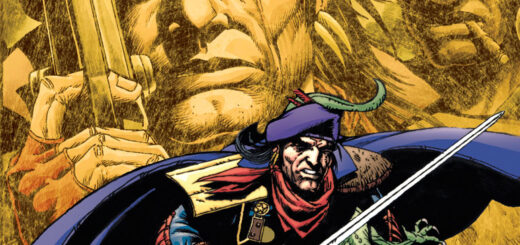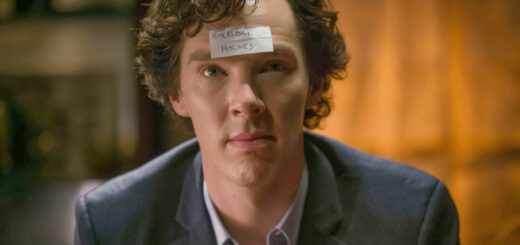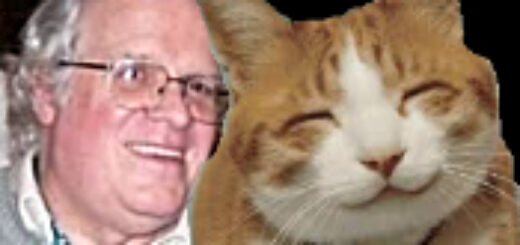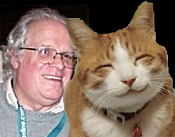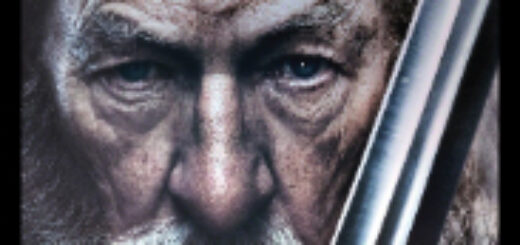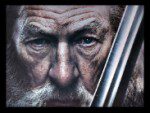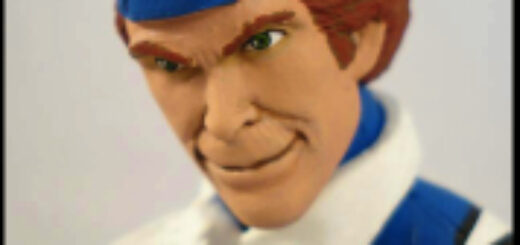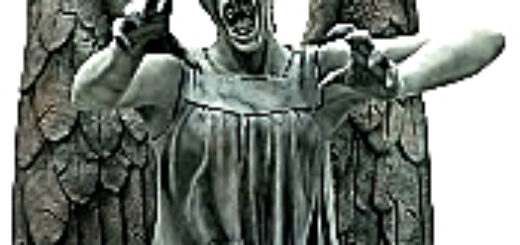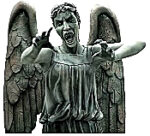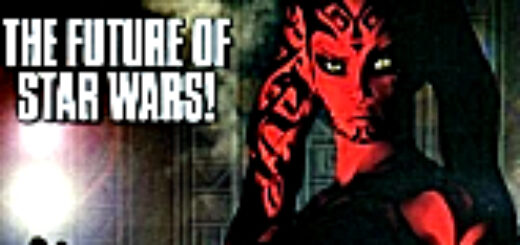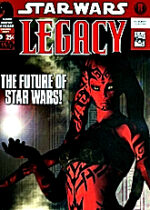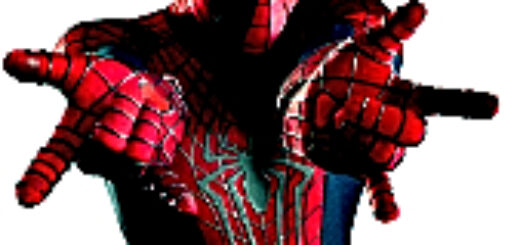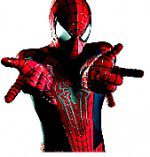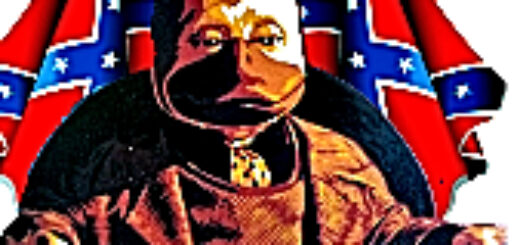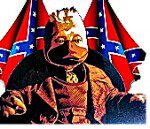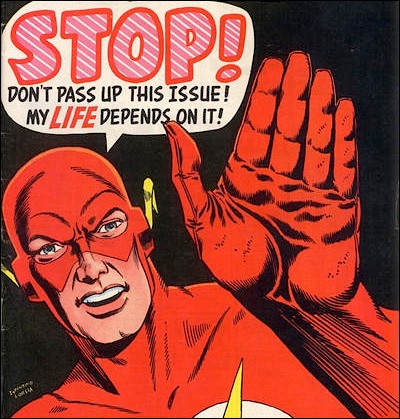John Ostrander: The Scar-Faced Cupid of Comics
Writing this on Valentine’s Day, I’m drawn back to consider comics and my love life. Not my love of comics, although there is that, but as an active part of my love life. There are two great loves in my life, my late wife Kim Yale and my current partner, Mary Mitchell. Oddly enough, I met both of them at comic book conventions.
When I first met Kim, she was married and I didn’t mess with married women. Eventually, that marriage didn’t work out but Kim and I didn’t get together right away. Truth to tell, before Kim and I did start going out, I hadn’t been on a date in over two years. For me, the whole dating/mating scene had become too painful. Getting my hopes up, excited by a possibility, only to have each relationship bottom out – it was too much.
Kim and I had worked on my Doctor Who play project together (that also crashed and burned) so we were friendly and at that point she lived about 16 blocks from me on the north side of Chicago. One day, I got a letter from her; she had read a GrimJack issue, “My Sins Remembered”, and it had really affected her, bringing up memories of her brother. I was touched but also confused and called her on the phone; I wondered why she had written, why didn’t she just call me to talk about it. She said that sometimes these things were better written. As a writer, I could only agree. Still, I asked her if she wanted to go out and have a cup of coffee or something and talk about it some more; I sensed there was more she needed to discuss. She said yes, we met, and that night was the start of us together.
We later referred to John Gaunt (GrimJack) as our “scar faced Cupid”. He brought us together and was part of our life thereafter. Eventually, Kim and I would write together about his early life in the “Young Blood” series that ran in the back of GrimJack for the final 12 issues. She was the only person I’ve ever allowed to co-write GrimJack with me.
Kim became very involved in the comic scene as well. We co-wrote other books together – Suicide Squad and Manhunter. She became an assistant editor at DC Comics working for my buddy Mike Gold, something that took us out of the Midwest and to the East Coast. Kim loved comic book conventions and for years hosted the Women In Comics panel at the Chicago Comic Con which was consistently well attended and was both entertaining and intelligent. She also loved the parties at conventions and could dance the socks off just about anybody; I know I couldn’t keep up and usually went to bed early.
Mary I also met at a Chicago Con; actually, I discovered her when she showed me her portfolio. I was floored by her talent and skill; I still am. She was also a Midwest girl, living on the family farm, and Kim and I urged her to move to the East Coast to try and get more work.
She did but she had a hard time of it for a while so Kim and I suggested that she move in with us in the house we were buying. She agreed. Any favor we did for her was more than paid back when Kim contracted breast cancer. All through the illness, the surgeries, the chemo, and Kim’s decline and death, Mary stood by us, by Kim, and helped.
When Kim died, my world ended. It’s a cliché, I know, but true. My future had always included Kim; we had discussed which one of us was the most likely to pass first and we both thought it would be me. Instead it was Kim who died first and my whole idea of what my future would be was gone. There was no longer a future.
Mary stayed on and we co-habited the house strictly as friends until, two years or so later, we became a couple. It caught us by surprise although, evidently, most of our friends saw it coming. Nobody said anything to ME, of course. I guess they thought I’d eventually figure it out although, in my past, I never could tell if a woman was interested with me. Generally they had to use a baseball bat. Mary just sat me down and told me. Once I was told, it seemed like a great idea. It was and is. And I had a future again.
The point of this – I hope you all had a lovely Valentine’s Day but some of you maybe didn’t. Maybe you were alone and lonely. I’ve been there; I know the feeling. Kim didn’t happen until I was well into my Thirties. Although I’m a big romantic, I was romantically inept.
And yet I found Kim. When she died, I thought that part of my life was over. I had someone and she was gone. And then my best friend became the woman I love. If it happened to me – twice – it can happen to you.
Just find your own scar-faced Cupid.

